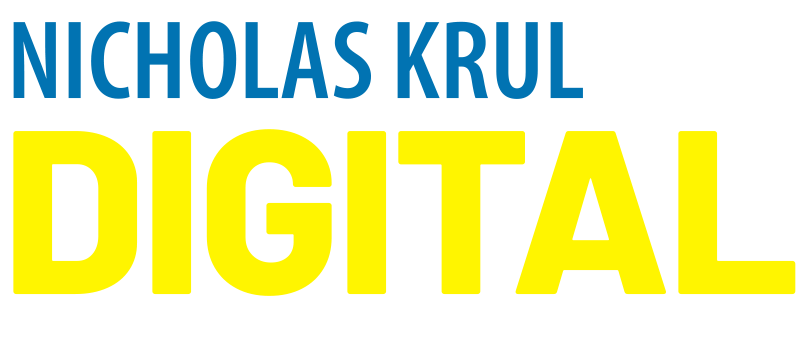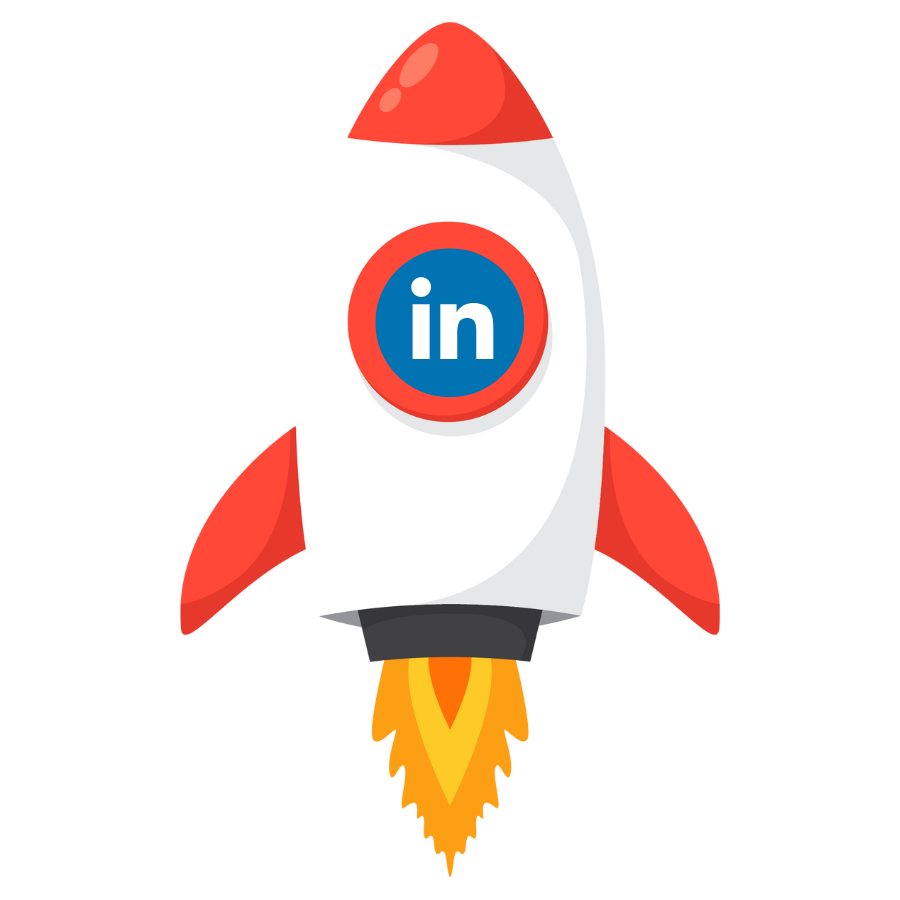I hear this so often: “I don’t know what to post!”
Yes, you can’t just sit down, open a blank post and write something.
Well, maybe YOU can, but many people struggle with it.
In this issue I’ll give you a process to follow, not only to write individual posts, but to plan out your entire personal content strategy for LinkedIn, good for at least 2-3 months, if not a year.
Let’s jump in….
Step 1. This is important.
Answer these questions, write down the answers.
- What do you do that positively impacts other people? (isn’t that a nice way of asking “What do you do for a living?”)
- Related to the answer you gave in question 1, list everything you know a lot about.
- List the problems you solve and the challenges your ideal customers urgently need to address. (this could also be what the next company you’re aiming to join is trying to achieve.)
Click here to download a template and example for the above.
Step 2. Start thinking about LinkedIn, and map out your “content”.
- Write down your main topic. E.g. Marketing
- Next, list your sub-topics, as many as you can. E.g. Account-based marketing, lead generation, SEO, social media marketing etc. (You may have a short, or a very long list here.)
- Under each sub-topic, list talking points. E.g. Social media marketing: content marketing, PPC, employee advocacy etc.
- Each talking point will be worth at least 1 LinkedIn post.
Planning your talk-track is now done.
You may have 1 topic, 4 sub-topics and 3 talking points under each. That’s at least 12 LinkedIn post ideas.
Click here to download a template and see a detailed example.
Remember that each LinkedIn post can also be repurposed.
Step 3: Craft individual posts
You may choose to write one post at a time, or batch-create your posts well in advance.
You’ll get the best results if you are consistent with your publishing schedule. This could be very specific, like every day at 11.17am, or less specific like Tuesday and Thursday mornings before 12pm.
Here’s how you use your planning to make writing posts easy:
- Work off your list from step 2.
- Pick a sub-topic and the first talking point.
- Write your post according to a proven format and framework. (see step 4)
- Schedule your post to go live at a specific day and time, by using a 3rd party scheduler like Hootsuite or Taplio, or LinkedIn’s built-in scheduler.
Step 4: Use an effective post-writing framework that works.
- Craft a “hook” or opening line that will grab the attention of your intended audience. Mention them in your opening line, use specific details, emotive language and make a bold claim about something your target reader cares about.
Example:
“Some fintech CEO’s are petrified to let their employees loose on social media, even LinkedIn.”
- In your next sentence, let your reader know what to expect when they click see more and open up your post. Make them an offer they won’t want to miss.
Example:
“Here are 3 things you can do to mitigate the risk of reputational damage caused by your employees on social media.”
Now you’ve created curiosity and opened a narrative loop, and the reader, if he cares about this topic, will want to find out what you know, that can help him.
- Deliver the goods. Keep your promise. List the 3 things you said you’d share. As soon as they click “see more”, they should get the meat of your post, the things you promised to share.
Example:
- Give your people express permission to post on LinkedIn, about their work, and about your company and industry.
- Provide training and coaching so that they know how best to create and share their own social media content.
- Set an example. Your employees will emulate your activity.
- Provide context and demonstrate your authority on your topic of choice. Give evidence.
Example:
Since 2021 I’ve helped over 20 companies empower and assist their employees to become more active on LinkedIn, growing their share of voice on the platform to such a degree that they’re effectively drowning out their competitors.
There is no better free exposure than this, and it reaches the right people too.
- Get people to do something.
Most information will tell you to add a call-to-action or CTA at the end of your post.
I say get people talking with a CTC: a call to conversation.
Ask an easy-to-answer question that people will want to answer.
Example:
“Which of your employees is most active on LinkedIn?”
- Add 3-5 relevant hashtags, drop in some emoji’s to show off your personality, and you’re ready to post.
Here’s what the entire example post could look like:
Some fintech CEO’s are petrified to let their employees loose on social media, even LinkedIn.
Here are 3 things you can do to mitigate the risk of reputational damage caused by your employees on social media. ↓
✅ Give your people express permission to post on LinkedIn, about their work, and about your company and industry.
✅ Provide training and coaching so that they know how best to create and share their own social media content.
✅ Set an example. Your employees will emulate your activity.
Since 2021 I’ve helped over 20 companies empower and assist their employees to become more active on LinkedIn, growing their share of voice on the platform to such a degree that they’re effectively drowning out their competitors.
📢 There is no better free exposure than this, and it reaches the right people too.
Which of your employees is most active on LinkedIn?
#employerbranding #employeeadvocacy #linkedinskills
Post formats
Yes, you have options here…
- Text-only – surprisingly still powerful.
- Text with image – a captivating visual, especially showing people, does well.
- PDF carousels – a great way to share a lot of information, visually.
- Polls – easy to engage with, so reach is almost always higher than usual.
- Videos – highly underrated because they take effort to produce. 0.0001% post videos.
My recommendation is to vary between all of these so that your readers don’t get used to seeing the same kind of posts from you all the time.
Don’t forget to download the content planning template and example here.
Subscribe to the newsletter and get at least 1 actionable LinkedIn tip you can use to grow your business or advance your career, every couple of weeks.



